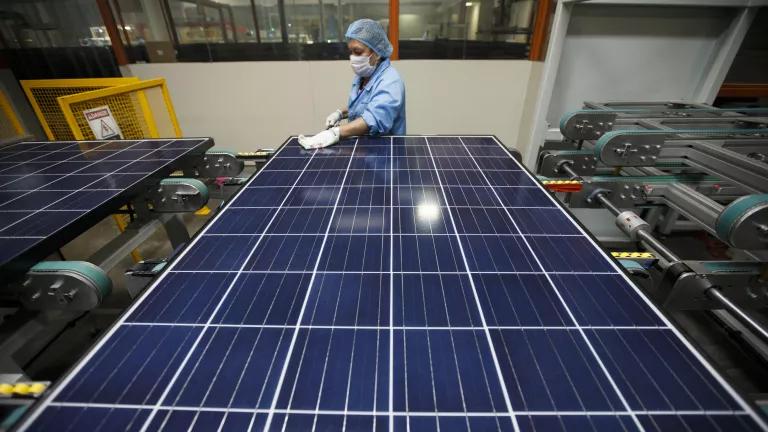Protecting the Climate: How to Get America Back on Track
There is much the United States can achieve on the national level. But the federal government can also build stronger partnerships with leading states, localities, nonprofits, and corporations that have taken new initiatives over the past 4 (and 40) years.

copyright (c) David B. Goldstein 2020
During the past four years, states and cities, along with some corporations, have stepped up their efforts to move toward zero climate pollution. These moves have been inspired in part by the withdrawal of federal leadership in the U.S. But another large part of the motivation is that smaller jurisdictions and non-governmental organizations can do some things that national governments have more trouble doing.
Comments on what the prospects for meeting our climate goals are range from hand-wringing over the divisions in the Congress to optimism about what the new administration can do (indeed in many cases is legally obligated to do) under existing laws.
Hope Dawning
But there is an additional reason for hope: the federal government can partner with governmental, NGO, and private sector organizations to provide technical resources and policy ideas about what they can do: how they themselves can act and make a difference. It can also help disseminate and validate the ideas of why clean energy investment is a good idea for your business (efficiency means better productivity and staff health), for your household (lower utility bills and better health), and for your city or state (more job creation and economic development).
The federal government can develop these partnerships across the country and around the world. In the 1990s, I led a project that developed a partnership between the energy code writers in Russia and those in California, which resulted in a Russian standard that cut emissions almost in half. The U.S. Department of Energy has had such successful partnerships with China and other countries under the Obama administration.
One of the areas in which action is most critical is energy retrofits of buildings. We will need to retrofit almost all buildings, both homes and commercial buildings, to save about half of emissions by 2030—a daunting but fully practical step that alone will create over a million jobs. Cities such as St. Louis and New York and others have already started to adopt policies that will achieve this goal, and numerous nonprofit and business organizations are helping them to do so. Imagine how much faster the job will go if DOE and EPA can support these efforts with technical assistance, staffing, and publicity. Imagine how much easier it will be if lenders that are regulated by HUD or the SEC make it easier to get loans based on the cost savings from efficiency.
Similarly, many policies, such as utility regulation and coordinating land use with transportation to minimize the need to drive cars, are made at the state and local level, rather than nationally. But partnerships can help guide localities and states to the best decisions.
Companies have supported these goals by adopting policies of achieving 100% renewable energy by a target date. Government assistance on how to measure the progress toward such goals in a way that is honest and won’t be seen as greenwash can help.
Federal agencies can also help with voluntary standards even where they lack the authority to set mandates. Zero net energy buildings are an encouraging opportunity that has been advanced by DOE’s publication of a standard, and NRDC is currently working with the International Organization for Standardization on a global zero net energy standard that looks at zero carbon emissions as well as zero energy. Zero emissions is a more ambitious target, so this step represents new progress since the DOE publication.
The problem with subnational goals has been that it is easier to set an ambitious goal than to develop boots-on-the-ground policies and processes to get there. This is another opportunity for the federal government—to partner with NGOs and others with expertise in the area to expand their efforts quickly enough to move the needle.
The federal government does not have to act alone in meeting its climate targets, and it can achieve far more savings in emissions by counting the savings that new state and local and private-sector initiatives—initiatives that will be enhanced by these partnerships--will have. This is true not only for the U.S. federal government but for foreign central governments as well. And this can set up a virtuous circle: a U.S. commitment to an ambitious emissions reduction goal that is achieved with the help of partnerships between the federal government and other actors can establish patterns that other countries can emulate.
The Paris climate goal of 1.5 degrees C is challenging, but it can be achieved. The most important condition for success is mutual support on bold new initiatives across a wide variety of opportunities, all of which look impossible if we consider doing them alone but which look much easier when the world is all working together.



